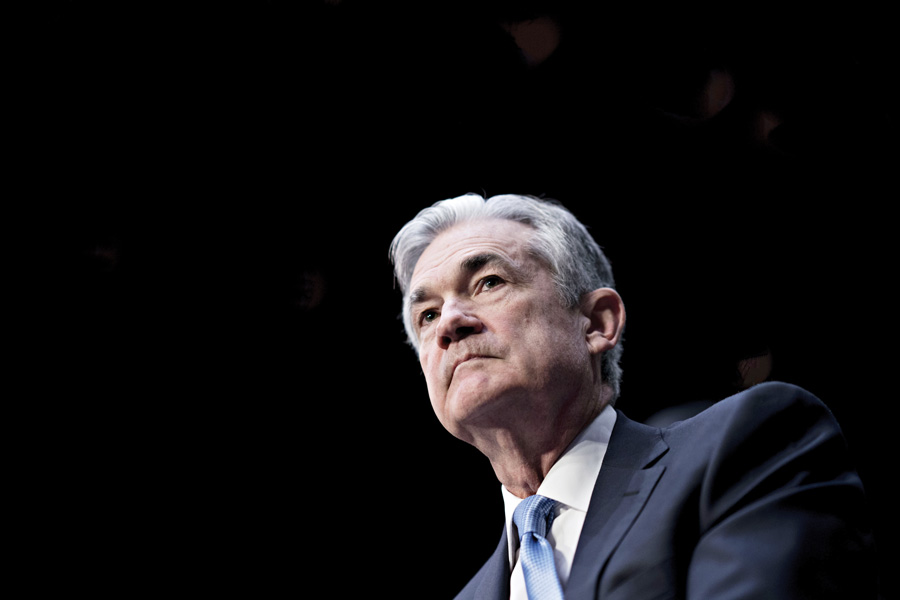Federal Reserve Chairman Jerome Powell struck an upbeat tone in gauging the ability of policy makers to extend the record U.S. economic expansion, while signaling that interest rates would probably remain on hold.
"At this point in the long expansion, I see the glass as much more than half full," Mr. Powell said Monday evening in Providence, R.I. "With the right policies, we can fill it further, building on the gains so far and spreading the benefits more broadly to all Americans."
On his outlook for borrowing costs, Mr. Powell repeated the message he's hammered since the Fed lowered rates for the third time this year on Oct. 30, signaling policy is on hold for now.
"We see the current stance of monetary policy as likely to remain appropriate as long as incoming information about the economy remains broadly consistent with our outlook," he said, adding that it would support a strong labor market and "return inflation decisively to our symmetric 2% objective."
[More: Traders still see another Fed rate cut by year-end]
Material change
Mr. Powell followed up with the well-worn caveat that policy "is not on a preset course" and the Fed would adjust if there were a "material" change in its outlook.
Fed officials
cut rates from July to October by three-quarters of a percentage point as global growth deteriorated, businesses sentiment was rocked by uncertainties over trade and inflation remained stubbornly below target. Mr. Powell cast those cuts as designed to keep the U.S. economy strong and provide insurance against a more serious downturn.
He said Monday the cuts have already proved successful at preventing the year's woes from significantly eroding the overall outlook for growth in the U.S. The Survey of Professional Forecasters, he said, showed forecasts for growth are nearly unchanged from where they stood at the beginning of the year.
"The full effects of these monetary policy actions will be felt over time, but we believe they are already helping to support consumer and business sentiment and boosting spending in interest-sensitive sectors, such as housing and consumer durable goods," he said.
[Recommended video: How will the markets react to news about the White House?]
East Hartford
Mr. Powell also highlighted the progress that's been made since the Great Recession in getting many Americans off the sidelines and into the labor force. He pointed especially to gains made late in the expansion by racial minorities, the less educated and the disabled.
He added, however, "there is still plenty of room for building on these gains" and said that elected officials needed to do their part.
"The research literature suggests a variety of policies, beyond the scope of monetary policy, that could spur further progress by better preparing people to meet the challenges of technological innovation and global competition and by supporting and rewarding labor force participation," he said.
Earlier in the day, Powell visited East Hartford, Conn., to meet organizers of a local job training and economic development program. The initiative, East Hartford Connects, won a grant through project run by the Boston Fed.
After a tour of the area, Mr. Powell and Boston Fed President Eric Rosengren joined local officials, organizers and workers in an elementary school gymnasium ringed by basketball hoops to hear about the program's fledgling successes.
"The labor market is in so many ways the gateway to lots of other forms of social progress," Mr. Powell told the group.
"There is no more important work" than what the group is doing in East Hartford, he said.
[More: What is keeping negative bond yields from reaching the U.S.?]







